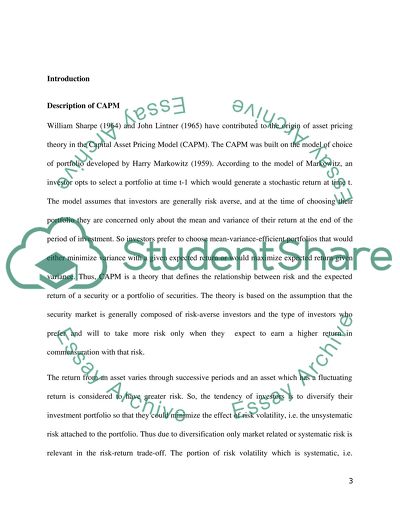Cite this document
(“Evaluation of CAPM using American stock market data Dissertation”, n.d.)
Evaluation of CAPM using American stock market data Dissertation. Retrieved from https://studentshare.org/finance-accounting/1484752-evaluation-of-capm-using-american-stock-market
Evaluation of CAPM using American stock market data Dissertation. Retrieved from https://studentshare.org/finance-accounting/1484752-evaluation-of-capm-using-american-stock-market
(Evaluation of CAPM Using American Stock Market Data Dissertation)
Evaluation of CAPM Using American Stock Market Data Dissertation. https://studentshare.org/finance-accounting/1484752-evaluation-of-capm-using-american-stock-market.
Evaluation of CAPM Using American Stock Market Data Dissertation. https://studentshare.org/finance-accounting/1484752-evaluation-of-capm-using-american-stock-market.
“Evaluation of CAPM Using American Stock Market Data Dissertation”, n.d. https://studentshare.org/finance-accounting/1484752-evaluation-of-capm-using-american-stock-market.


